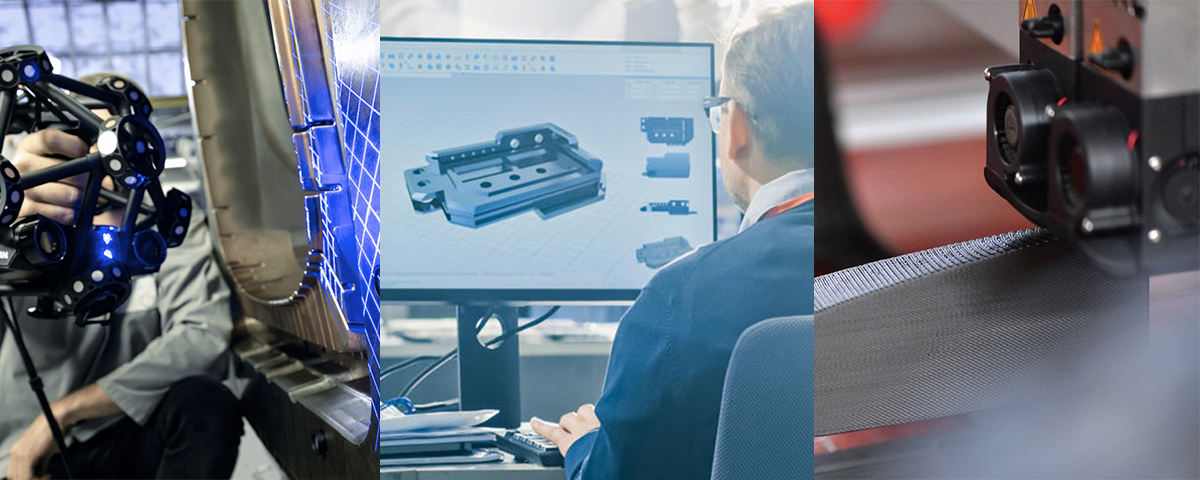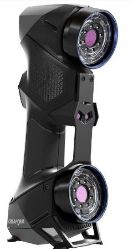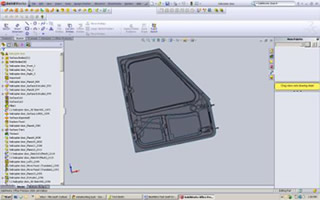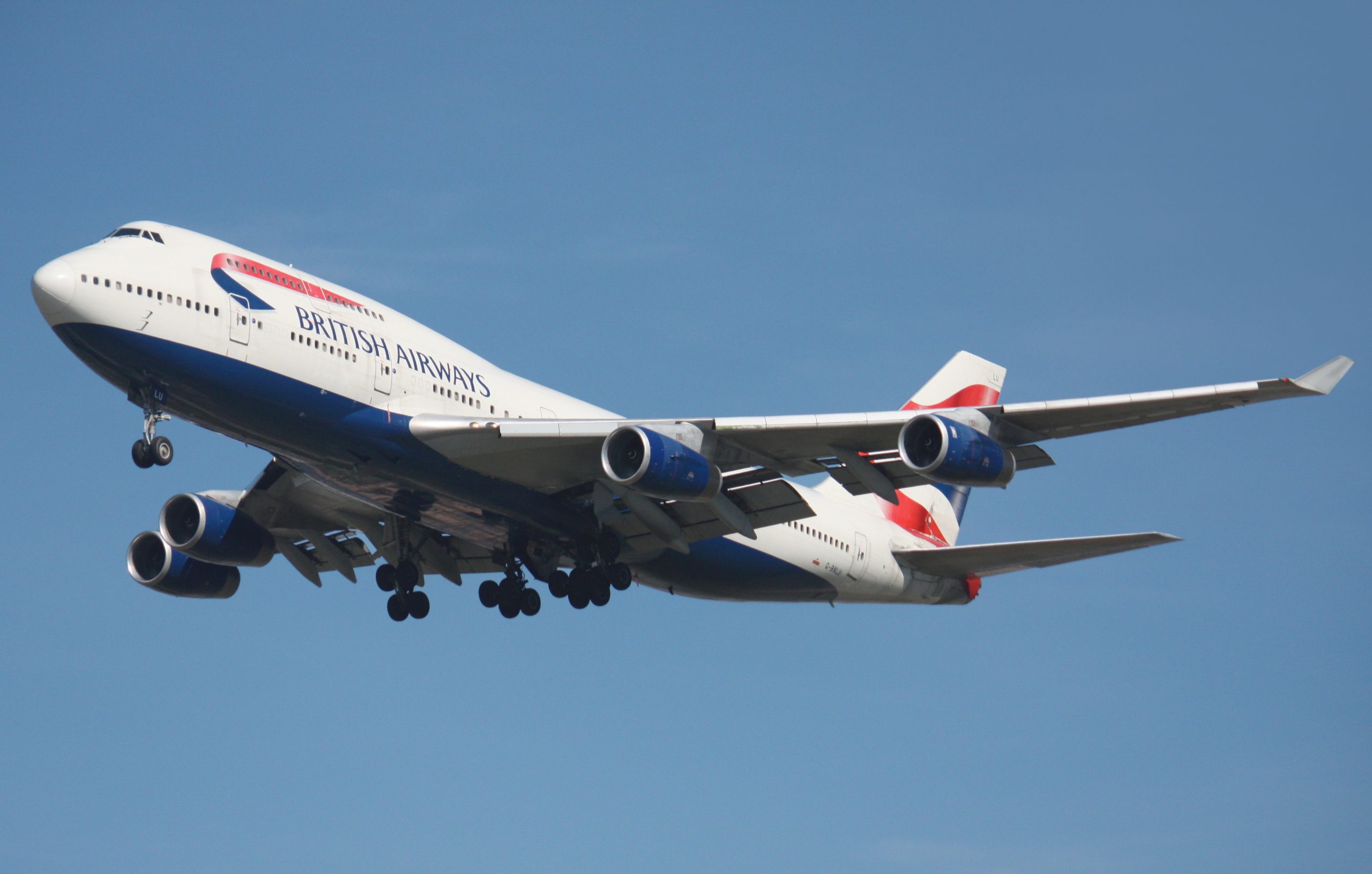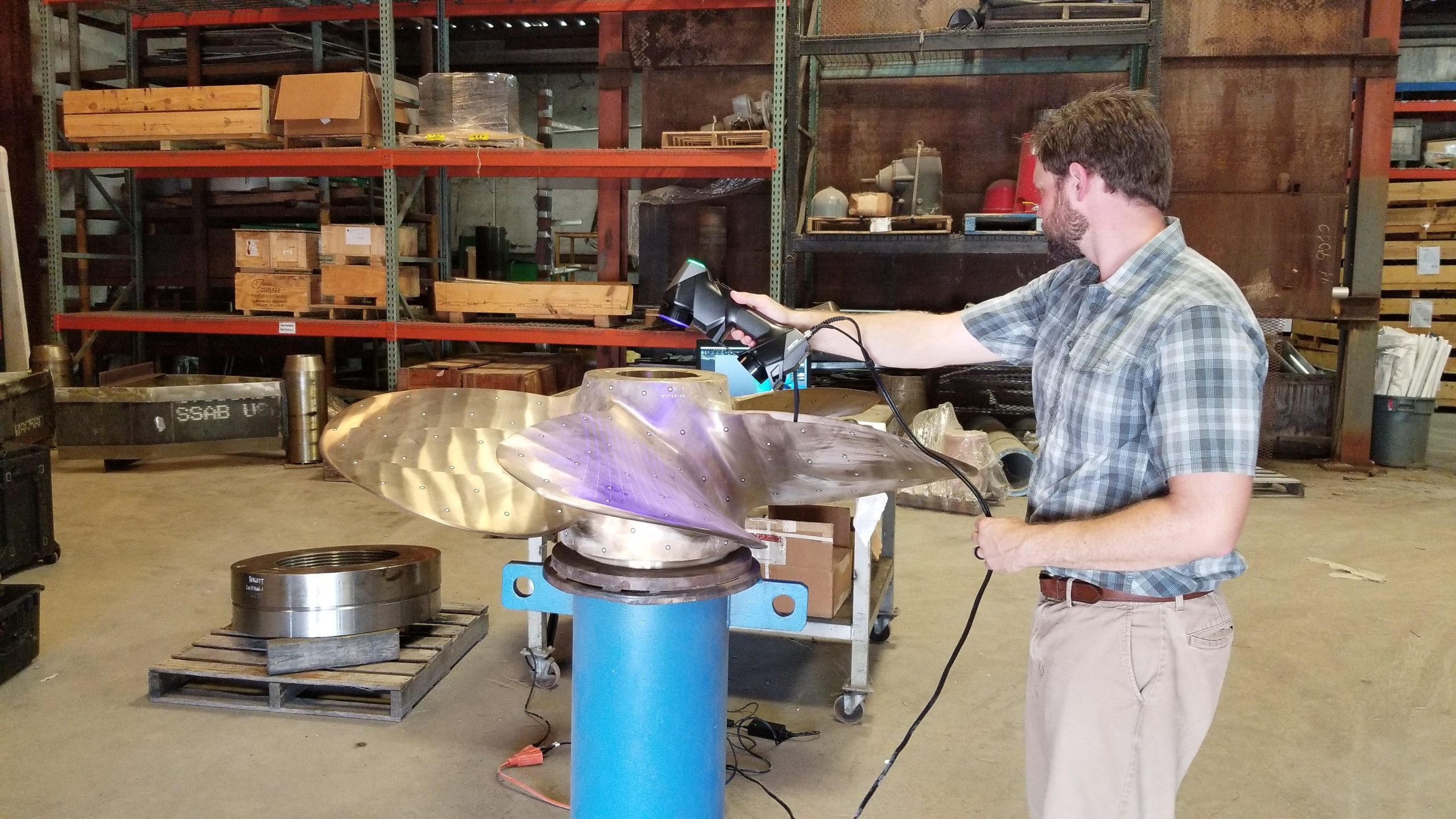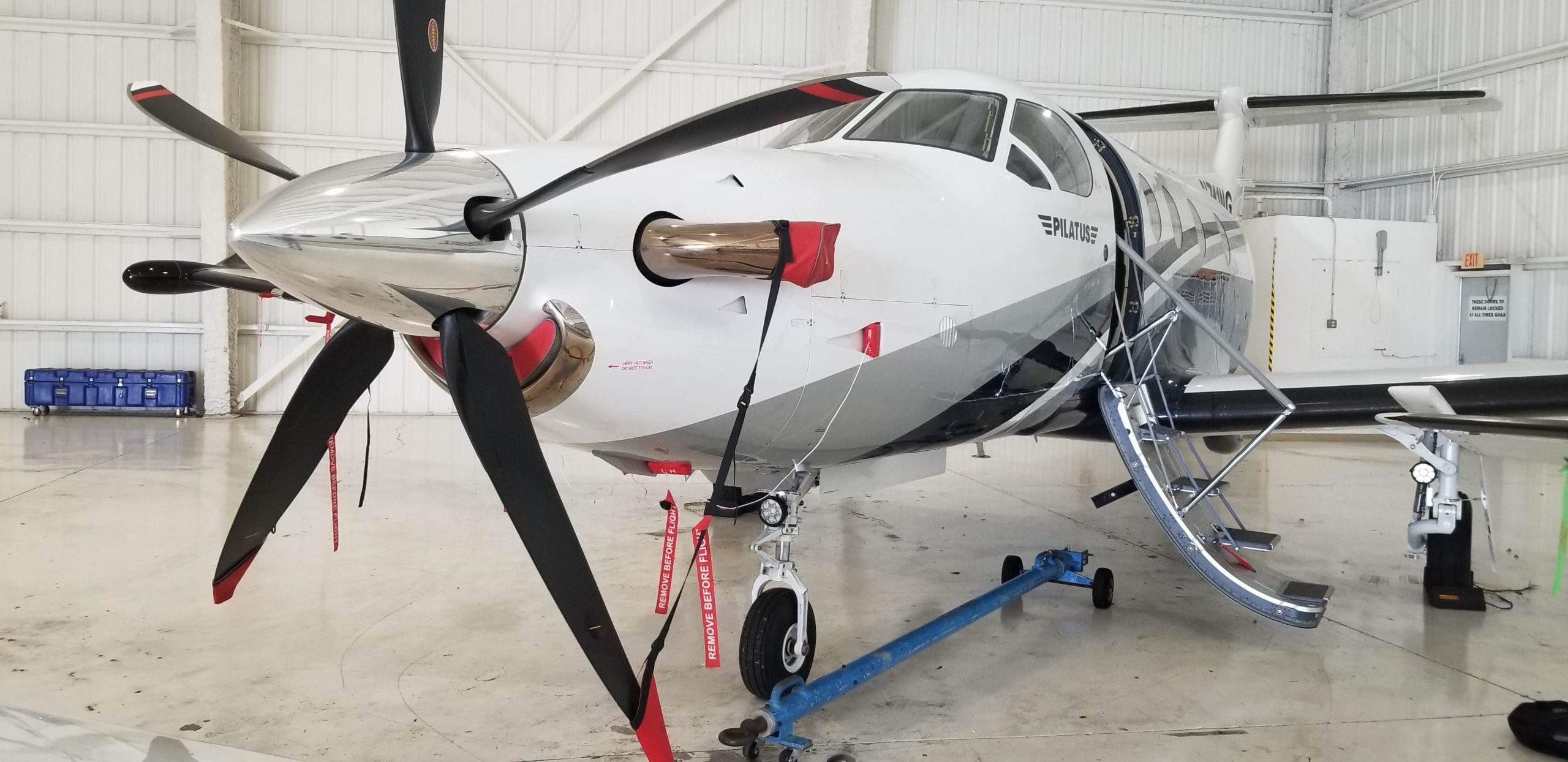Measurement Solutions for Aerospace
The aerospace industry operates on the principles of precision and accuracy, where even the slightest measurement discrepancy can have significant consequences. From manufacturing components to maintaining aircraft integrity, the importance of reliable measurement solutions cannot be overstated. In this article, we will explore the cutting-edge advancements in measurement technology that are revolutionizing the aerospace industry, ensuring enhanced quality, safety, and efficiency throughout various aerospace processes.
By integrating these cutting-edge solutions into manufacturing, maintenance, and quality control processes, the industry can ensure enhanced safety, efficiency, and performance, reaffirming its commitment to precision in an ever-evolving landscape.
-
Enhanced Precision
-
Time and Costs Savings
-
Improved Design and Engineering Process
-
Quality Assurance
-
Reverse Engineering Capabilities
-
Maintenance and Repair
Get Started Today!
High-Resolution Optical Metrology
Gone are the days of relying solely on traditional measurement tools. Advanced optical metrology systems have emerged as game-changers, providing unparalleled accuracy and speed. By utilizing high-resolution cameras, lasers, and advanced algorithms, these systems can capture and analyze precise measurements of complex aerospace components. From surface analysis to dimensional verification, optical metrology solutions enable manufacturers to identify and rectify potential issues before they lead to costly delays or compromises in safety.
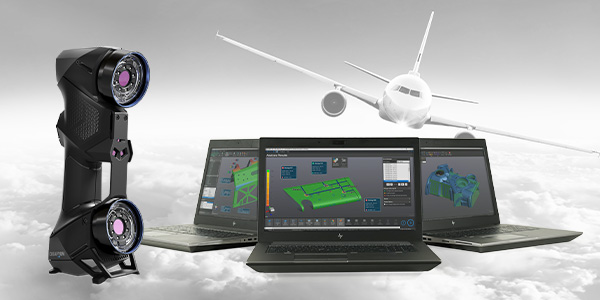
Non-Destructive Testing (NDT) Techniques
Ensuring the structural integrity of aerospace components without causing damage is of utmost importance. NDT techniques have significantly evolved, allowing engineers to inspect materials and structures with minimal or no disruption. Advanced methods such as computed tomography (CT) scanning, ultrasonic testing, and eddy current testing provide comprehensive insights into the internal composition and flaws of critical parts. By detecting defects early on, NDT techniques facilitate proactive maintenance and improve the overall safety of aerospace systems.
Digital Twin Technology
Digital twin technology has gained prominence in recent years as a powerful tool for optimizing aerospace operations. By creating virtual replicas of physical assets or processes, engineers can simulate and analyze performance in a controlled environment. In terms of measurement solutions, digital twins enable real-time monitoring and analysis of various parameters, such as temperature, pressure, and vibration. This data-driven approach enhances predictive maintenance, optimizes fuel consumption, and aids in making informed decisions for efficient aerospace operations.
“These scanners can capture detailed geometry and surface information of aircraft components, facilitating reverse engineering, dimensional inspection, and damage evaluations. We are always looking for new and innovative solutions to solve industry challenges. The latest addition to our product portfolio is a complete software solution for the assessment of damaged surfaces, VXintegrity. In this platform, we really aim to streamline and improve the way people assess in-service damage, such as dents, with powerful in-house algorithms. By digitizing the approach, the results are easy to communicate between engineers, more repeatable, and more traceable.”
Francois Lachance, Creaform
Advanced Coordinate Measuring Machines (CMMs)
Coordinate Measuring Machines have long been a staple in the aerospace industry, providing accurate measurements of complex geometries. Recent advancements have further enhanced their capabilities, including increased speed, improved accuracy, and multi-sensor integration. With the ability to combine tactile probing, laser scanning, and optical measurement technologies, advanced CMMs offer comprehensive measurement solutions for intricate aerospace components. These machines play a vital role in quality control, enabling manufacturers to adhere to stringent specifications and regulations.
Remote Sensing and Inspection
In remote or hazardous aerospace environments, accessing and inspecting critical areas can be challenging. However, innovative measurement solutions have addressed this issue. Remote sensing and inspection technologies, such as unmanned aerial vehicles (UAVs) equipped with advanced cameras and sensors, provide an efficient means of collecting data from inaccessible locations. These remote measurements allow engineers to assess structural integrity, detect defects, and monitor maintenance requirements without risking human lives or disrupting operations.
Advancing Aerospace Development
As the aerospace industry continues to push the boundaries of innovation, precise and reliable measurement solutions are becoming increasingly vital. Advanced optical metrology, non-destructive testing techniques, digital twin technology, advanced CMMs, and remote sensing and inspection are revolutionizing the way measurements are conducted in the aerospace sector.
Ask us about 3D scanning services and equipment!
